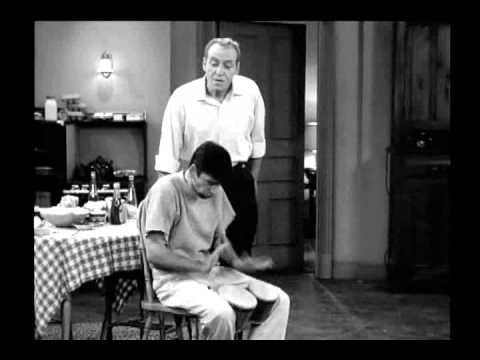The TV character I most identified with growing up was Maynard G. Krebs. Maynard was a beatnik, possibly the first representative of an alternative culture on a popular network TV sitcom. From 1959-1963, in The Many Loves of Dobie Gillis, Maynard, played by Bob Denver, (later of Gilligan's Island fame), was best friend and wingman to Dobie Gillis (Dwayne Hickman). Dobie was perpetually befuddled by girls, social class, and the staunch blue collar pride of small grocery owner Herbert T. Gillis (character actor Frank Faylen). A proud veteran, dad thought if his apron and broom were good enough for him, they should have been good enough for Dobie, despite his dreams of upward mobility.
Shulman's characters often acted out this class struggle. Maynard and Dobie's arch-frenemy was Chatsworth Osborne Jr., a name redolent of inherited wealth, played by Stephen Franken. There was another privileged character, Milton Armitage, played by Warren Beatty, who in early seasons often stood between Do…
Keep reading with a 7-day free trial
Subscribe to Critical Conditions by Wayne Robins to keep reading this post and get 7 days of free access to the full post archives.



